Polly Brown explores the friction-filled process of airport security checks
From colourful signage in Hokkaido to watery wavescapes in Miami, the artist’s series of x-ray damaged film photographs subverts the romance of travel
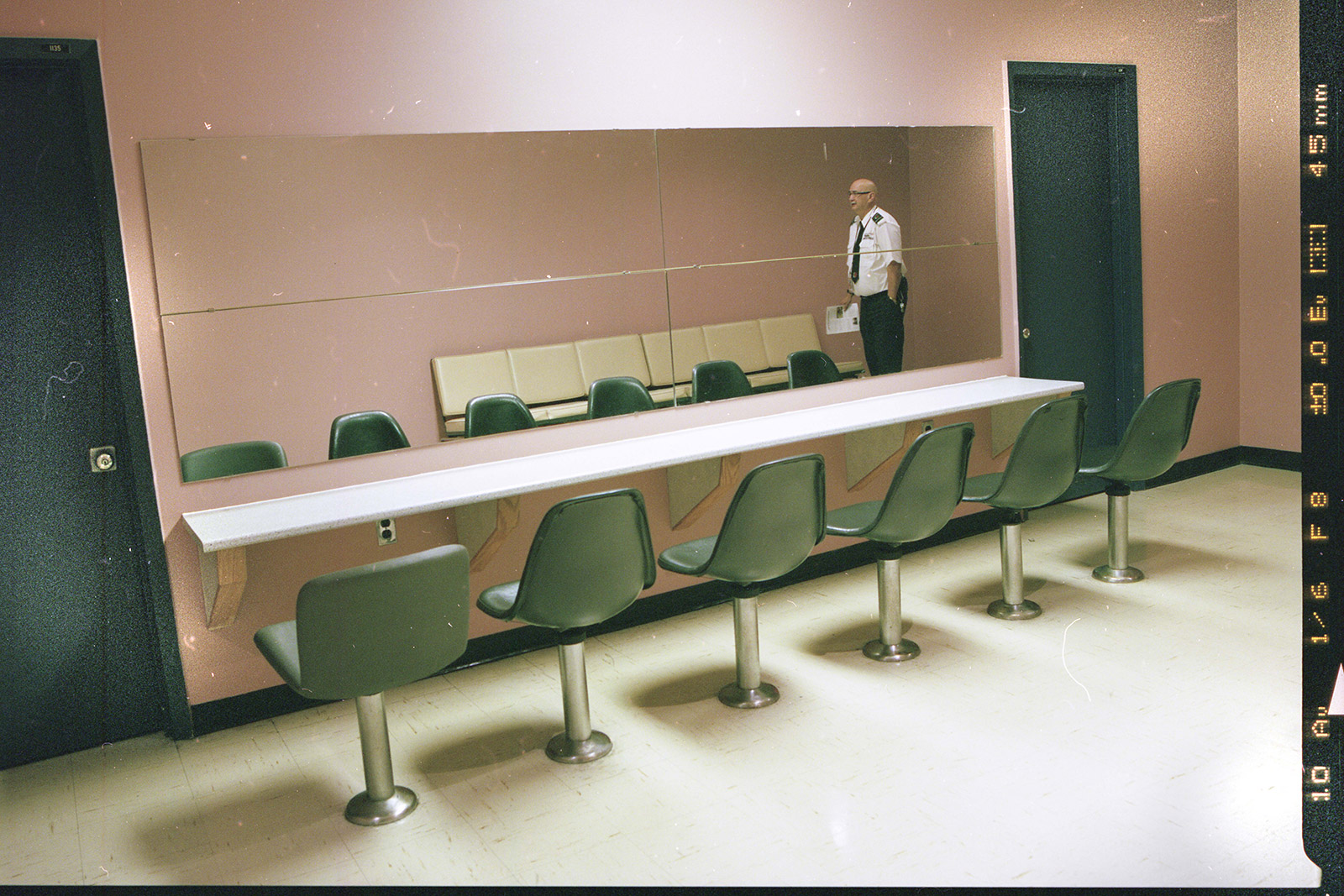
An airport is perhaps the archetypal liminal space. Designed to be moved through quickly and efficiently – and immediately forgotten upon departure – each one is nonetheless a warren of secret corridors and rooms, carefully concealed, almost invisible holdings, which nod to a more sinister operation.
London-based photographer Polly Brown has long been interested in similar institutions, from galleries to office spaces, and their nuanced, quiet control of those who move through them. Three years ago, she was spending more time than usual in airports, working on a new project which involved extensive travel, and quickly realised she hadn’t yet ‘learned the rules about travelling internationally with film’.
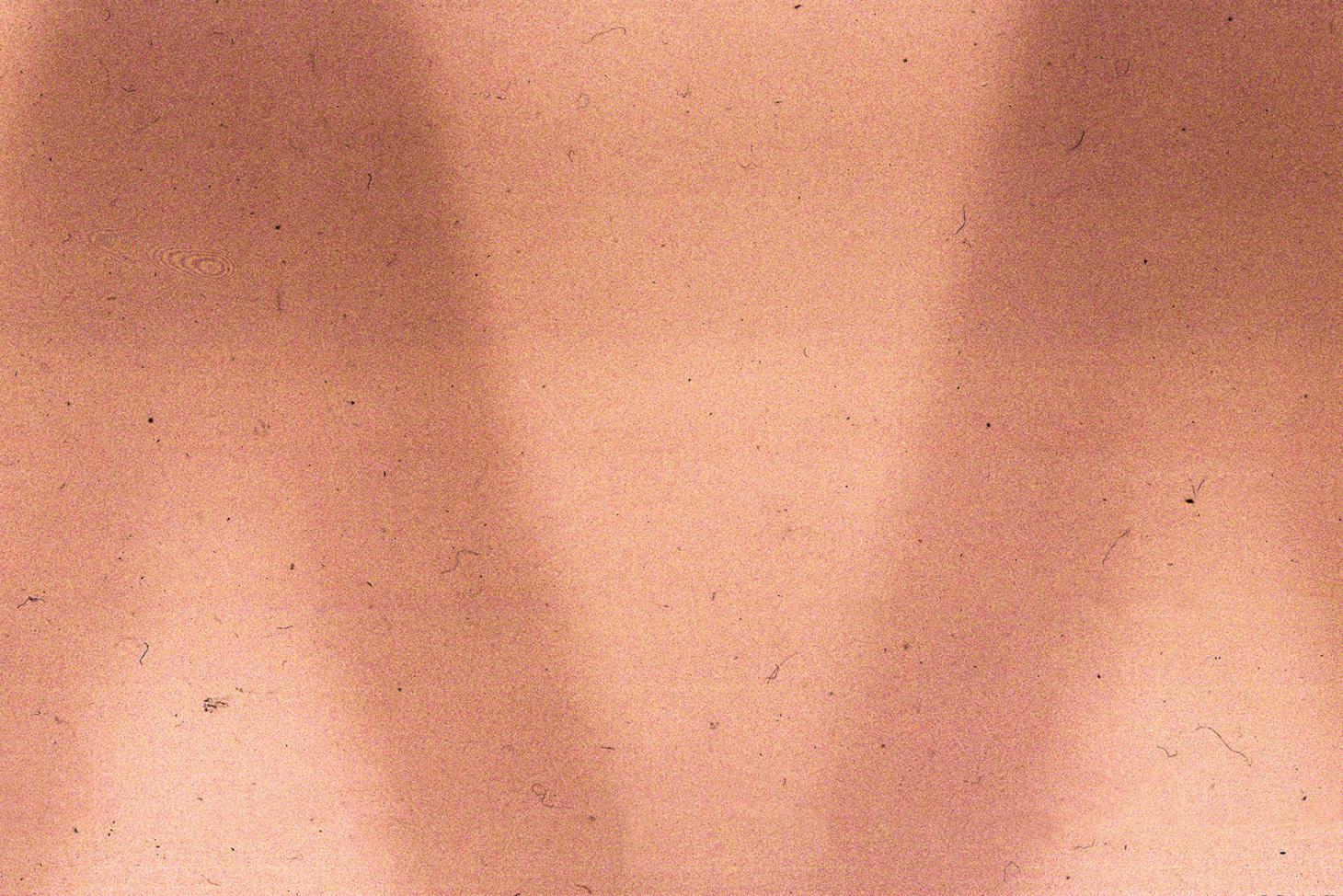
With each pass through the security scanner, her unprocessed rolls had been scarred with a new layer of X-ray corruption – fogging, or colour distortion, or pure waves of light which rippled through the resulting images, exposed only upon their return from the lab. Fascinated by the sight of journeys mapped involuntarily through damage, she sought to investigate further. ‘It allowed me to start seeing photographs in a different way,’ she says. ‘It is a kind of non-human photography, that avoids the nostalgia of airports and the romance of travel altogether.’
The extensive investigation which followed resulted in a new series, Airportals, which pairs photographs taken in airports around the world with unrecognisable abstracts, all captured using X-ray scanner-damaged film. From colourful signage in Hokkaido to watery wavescapes in Miami, the resulting images are eerily beautiful, permeated by a sense of unease – and dotted with markings caused by the process they are subjected to.
It is a kind of non-human photography, that avoids the nostalgia of airports and the romance of travel altogether
It’s easy to forget, when stopping to eat at a restaurant or to pick up a last souvenir at a brightly lit shop, that ‘these are friction-filled spaces’, Brown says. ‘They’re places of protest, tension and invasion.’ In a world in which immigration, terrorism and even the ecological impact of aviation have changed what it means to travel, film’s preconceived nostalgia stands in stark contrast with the disquiet these images document.
This week, an exhibition of Airportals opens in Amsterdam, presented by photographic agency We Folk. In the show (the artist’s first solo outing in the Netherlands), the C-type prints are reverse Perspex-mounted, in a reference to the ubiquitous illuminated billboards and travelators that line airport walls. That seeing it – indeed, hanging it – might require international travel seems entirely apt. If carrying film, Brown advises you ask for a hand check.
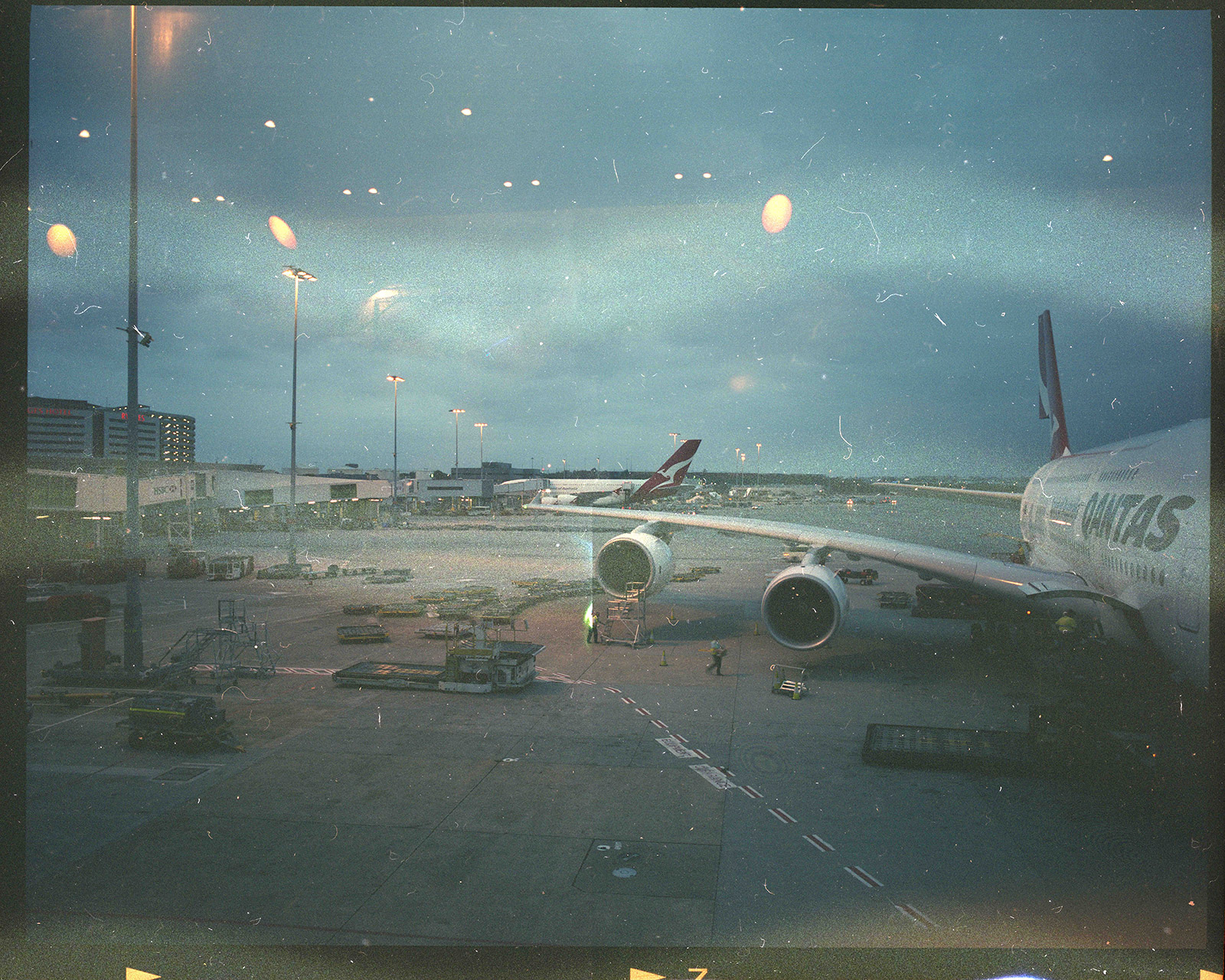
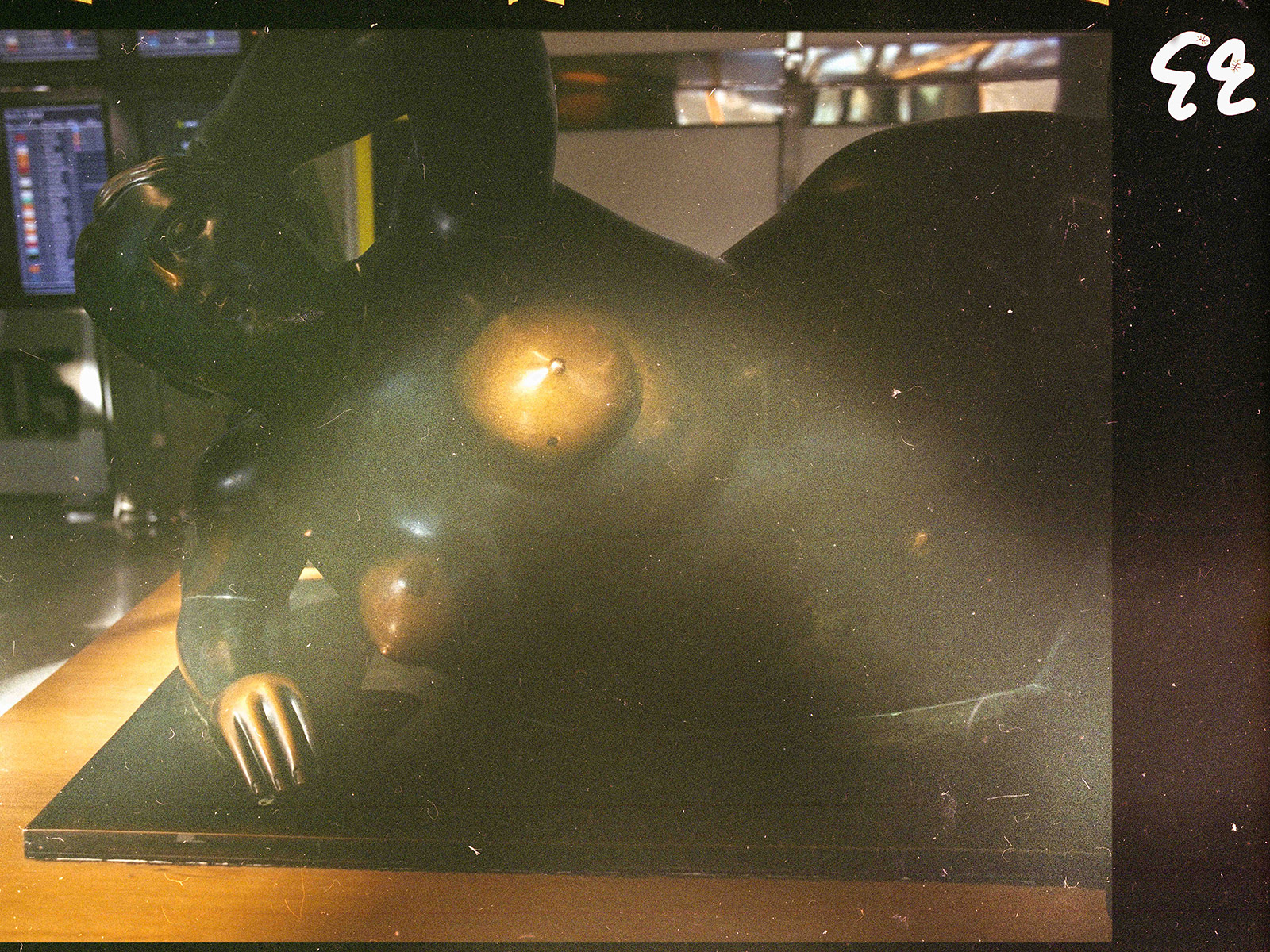
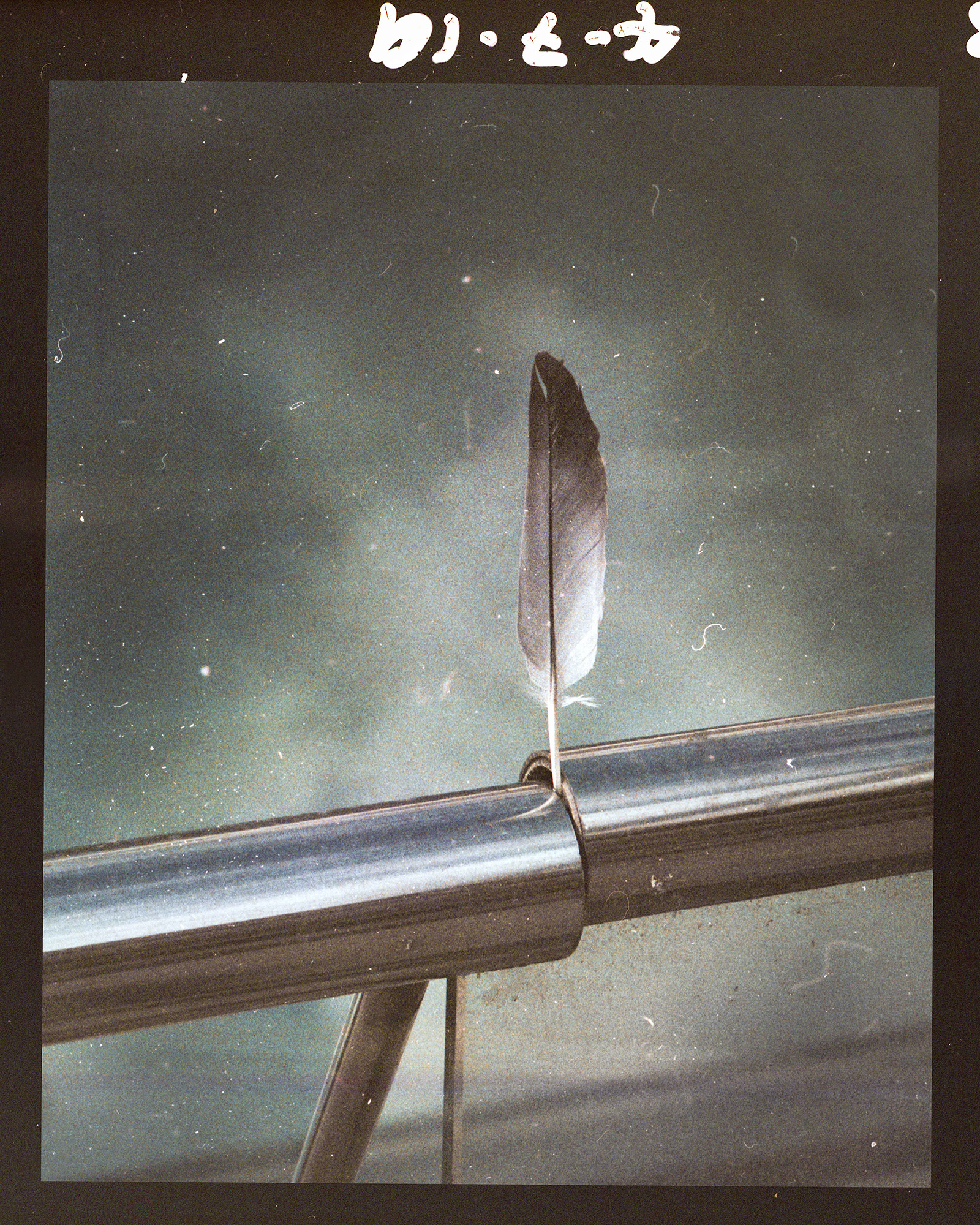
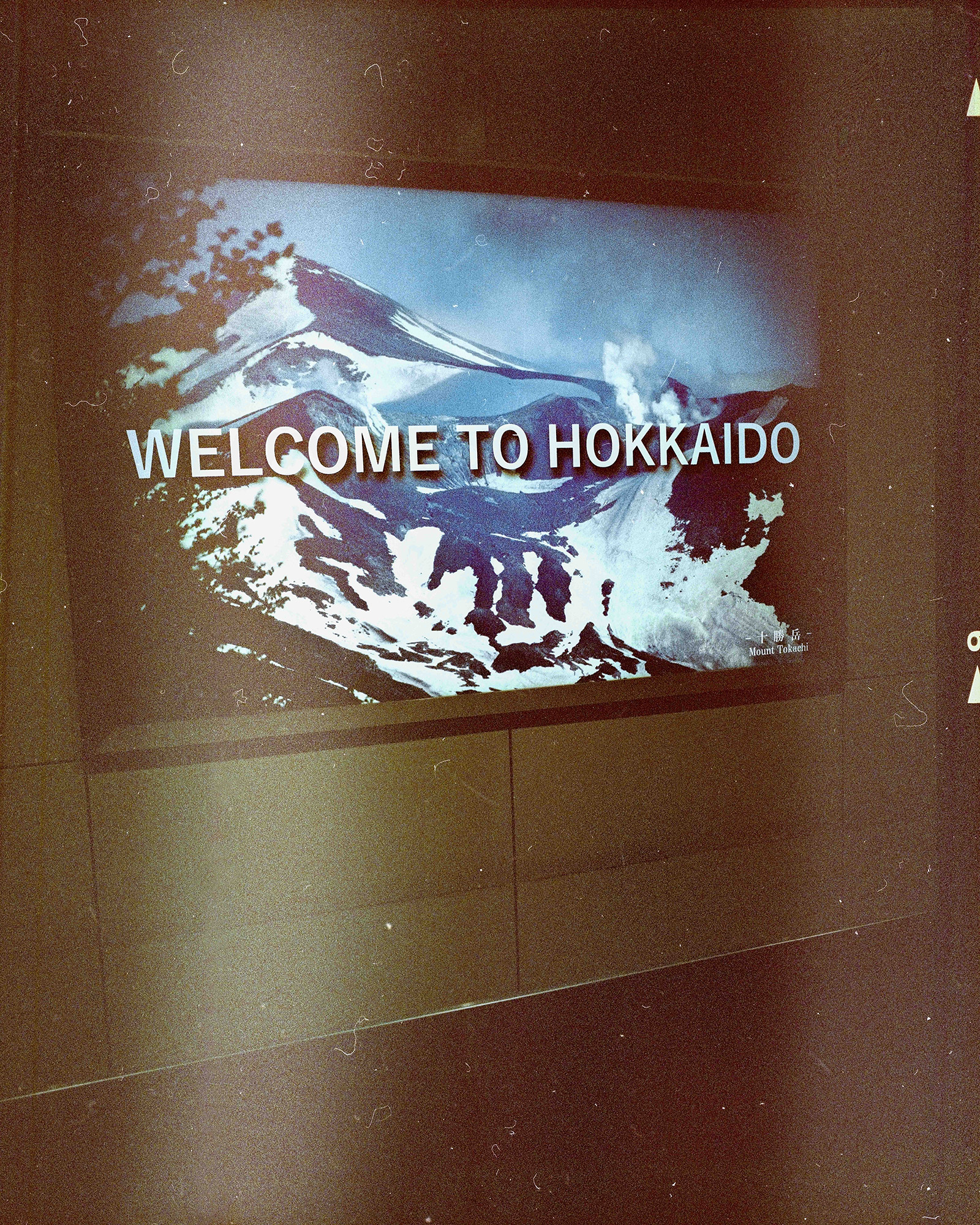
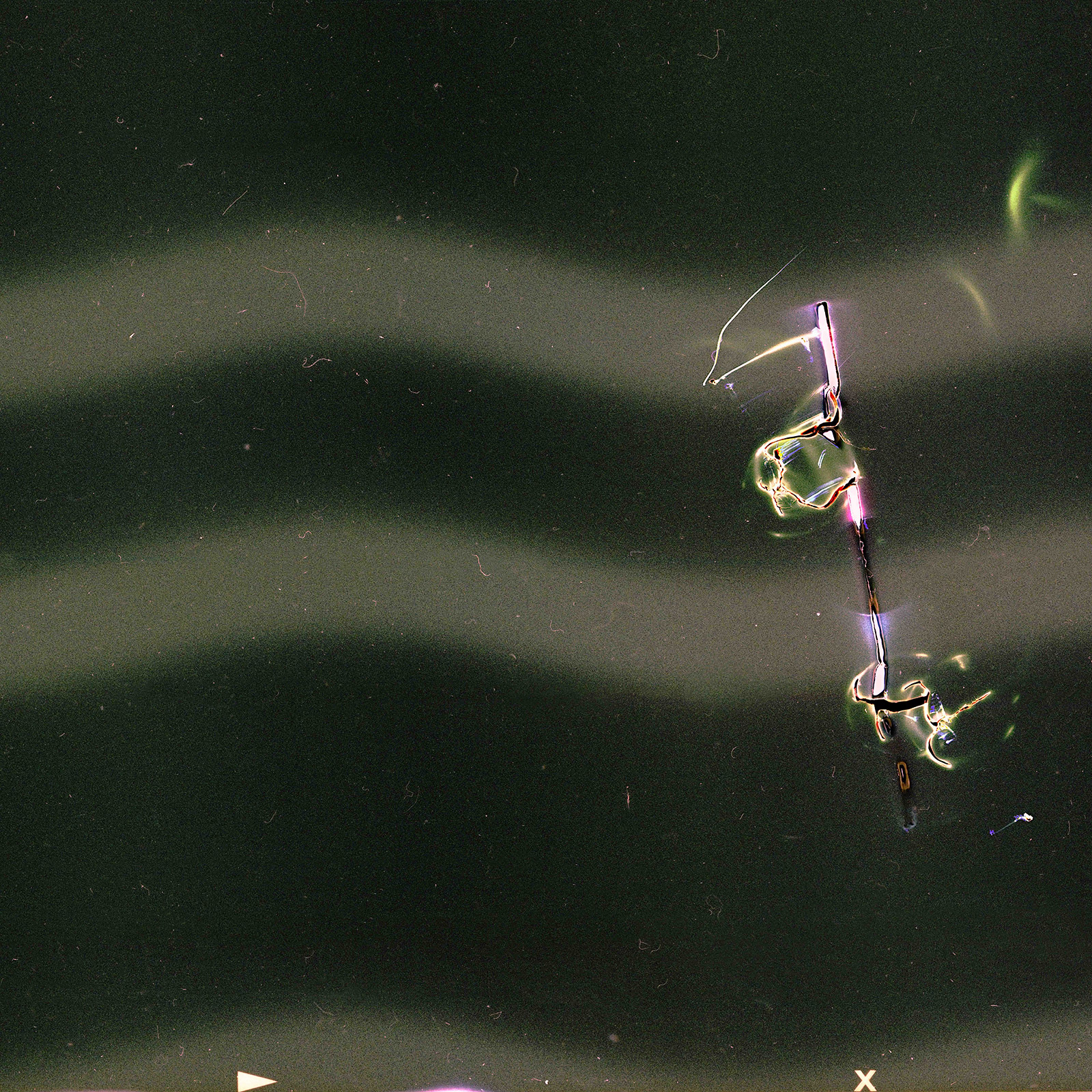
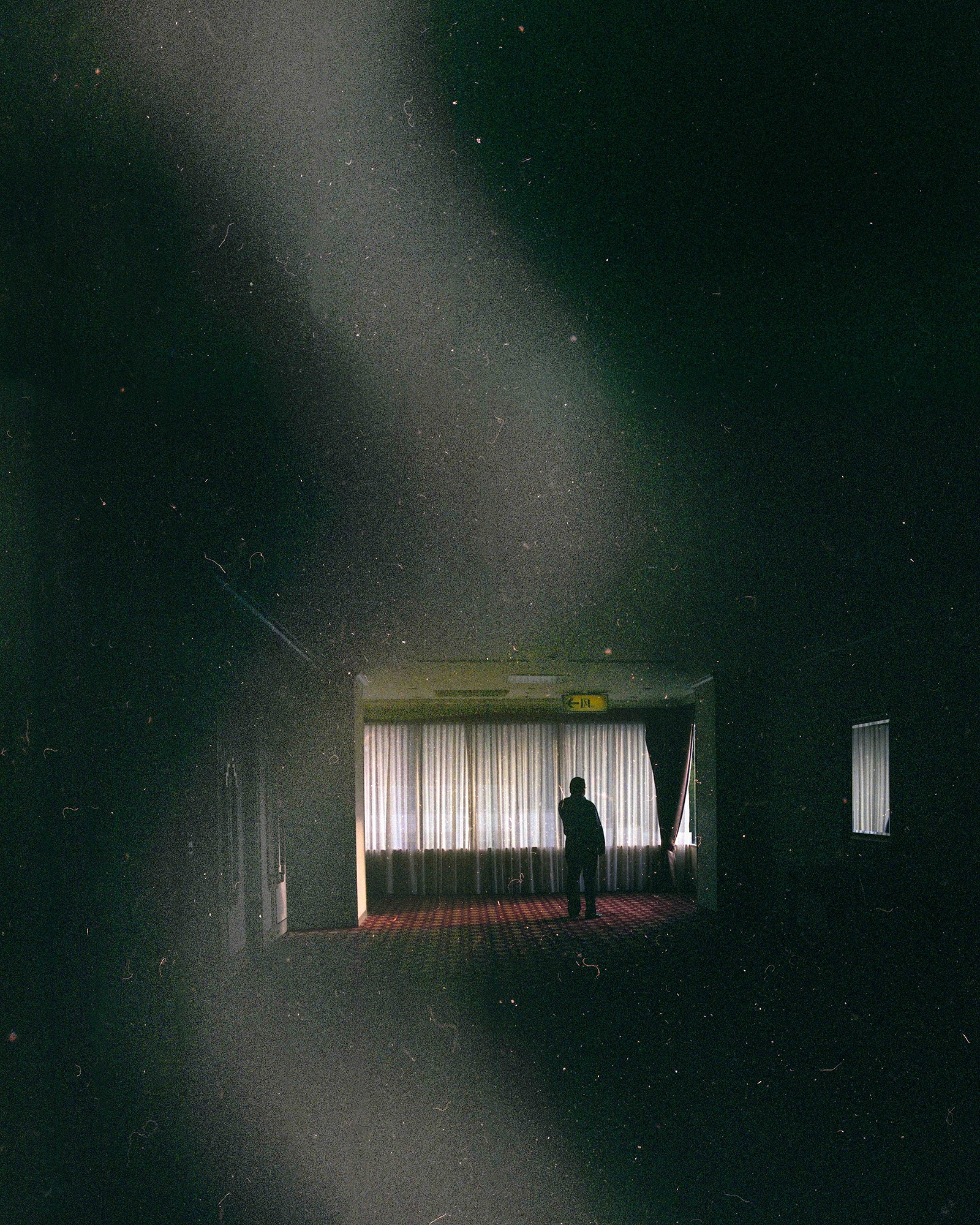
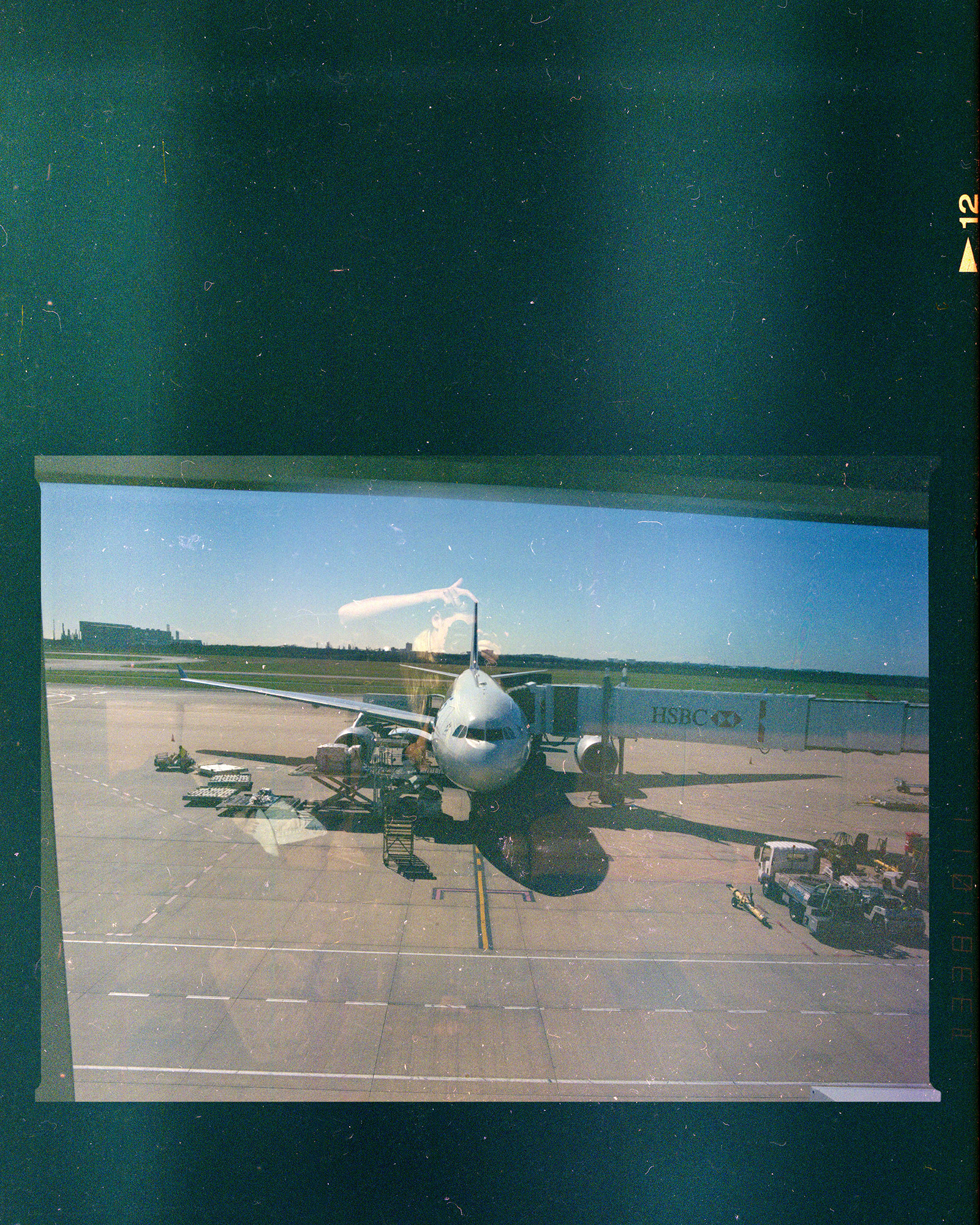

INFORMATION
‘Airportals’, 24 October – 15 November. wefolk.com; pollybrown.info
ADDRESS
We Folk Presents
Prinsengracht 371 B
1016 HK
Amsterdam
Wallpaper* Newsletter
Receive our daily digest of inspiration, escapism and design stories from around the world direct to your inbox.
-
 Put these emerging artists on your radar
Put these emerging artists on your radarThis crop of six new talents is poised to shake up the art world. Get to know them now
By Tianna Williams
-
 Dining at Pyrá feels like a Mediterranean kiss on both cheeks
Dining at Pyrá feels like a Mediterranean kiss on both cheeksDesigned by House of Dré, this Lonsdale Road addition dishes up an enticing fusion of Greek and Spanish cooking
By Sofia de la Cruz
-
 Creased, crumpled: S/S 2025 menswear is about clothes that have ‘lived a life’
Creased, crumpled: S/S 2025 menswear is about clothes that have ‘lived a life’The S/S 2025 menswear collections see designers embrace the creased and the crumpled, conjuring a mood of laidback languor that ran through the season – captured here by photographer Steve Harnacke and stylist Nicola Neri for Wallpaper*
By Jack Moss
-
 Meet the duo using hair and photography as a medium to consider Africa and the African diaspora
Meet the duo using hair and photography as a medium to consider Africa and the African diaspora‘Strands & Structures’ makes its European debut at the Open Space Contemporary Art Museum in Amsterdam, exploring social and environmental issues in Accra, Ghana
By Gameli Hamelo
-
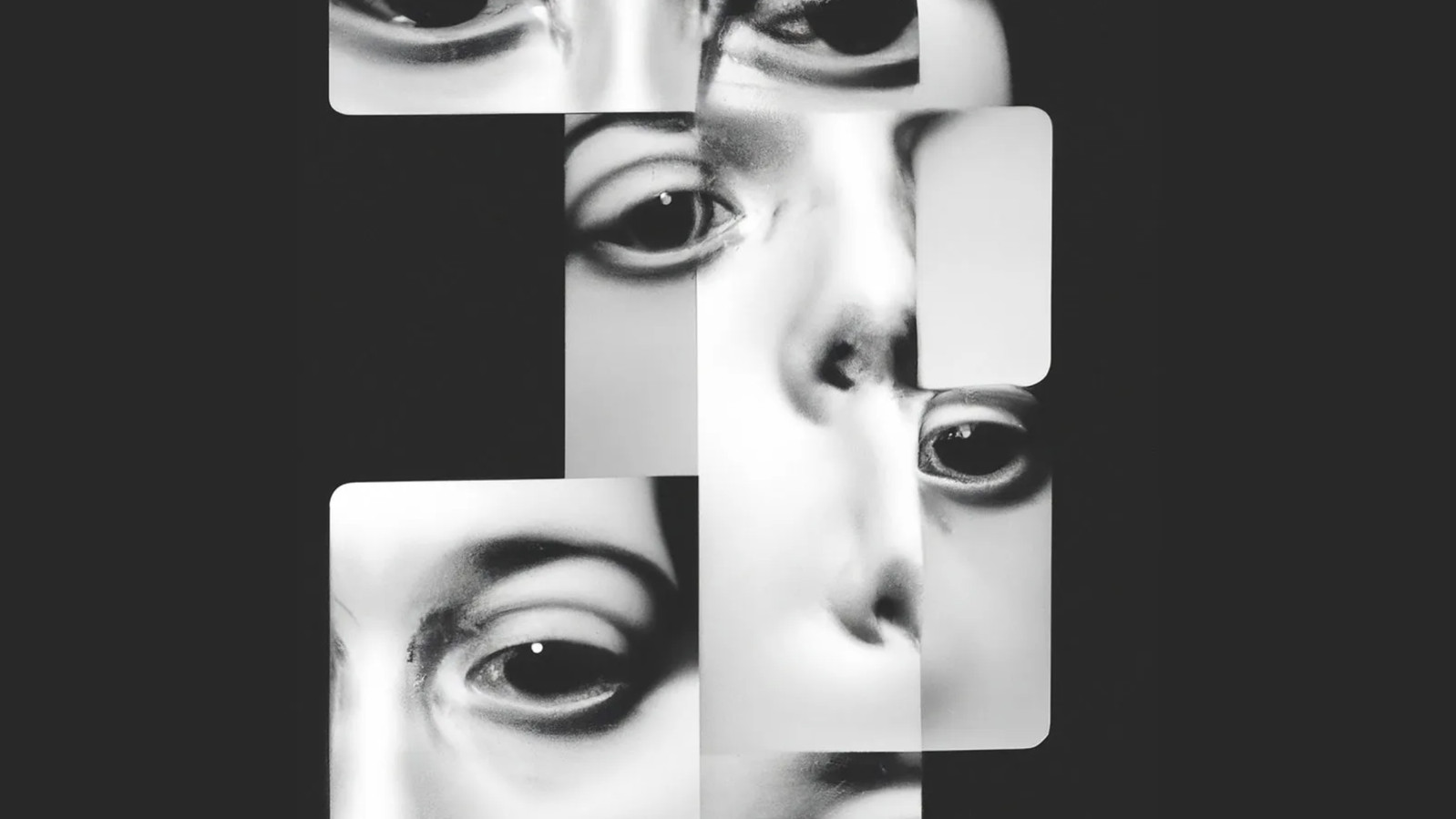 ‘The danger of AI’, photography and the future at Foam
‘The danger of AI’, photography and the future at FoamNew project ‘Photography Through the Lens of AI’ asks the big questions at Foam, Amsterdam
By Hannah Silver
-
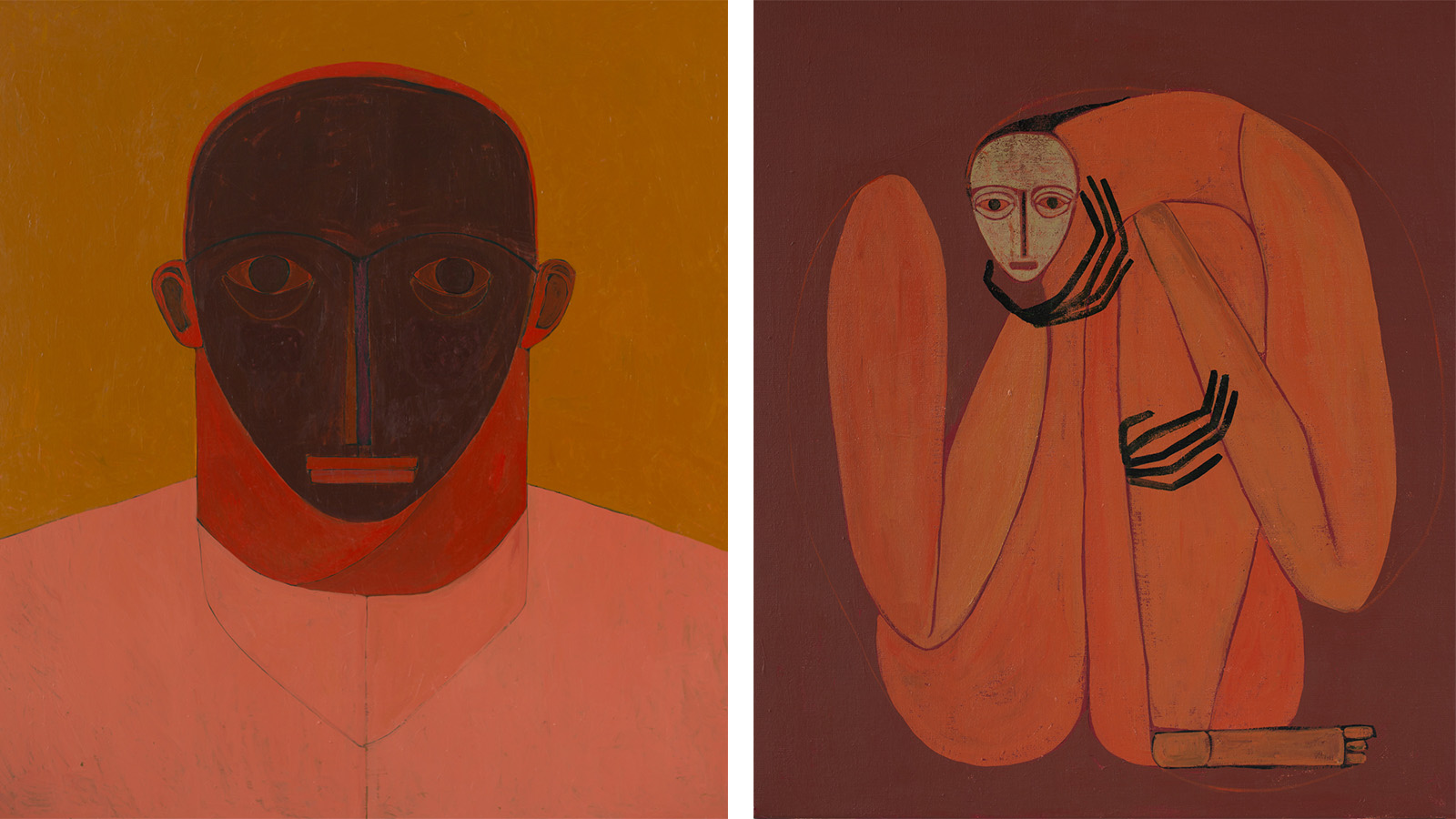 Artist Peggy Kuiper’s impactful figurative works explore her memories and emotional landscape with striking visual intensity
Artist Peggy Kuiper’s impactful figurative works explore her memories and emotional landscape with striking visual intensityPeggy Kuiper presents ‘The Conversation That Never Took Place’ at Reflex in Amsterdam, featuring over 25 new works (until 13 July)
By Simon Chilvers
-
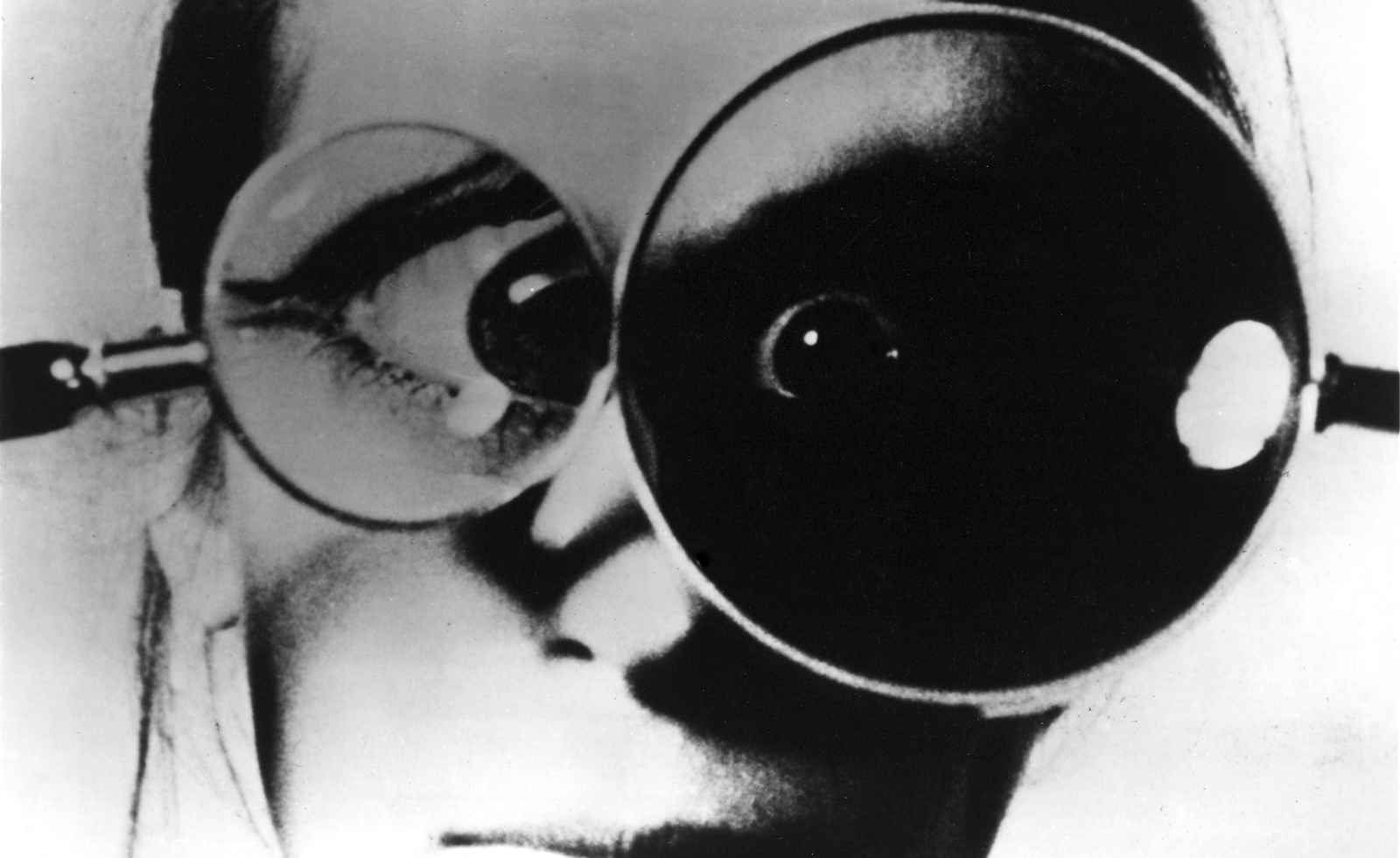 Meredith Monk’s interdisciplinary art sets all the senses singing in Amsterdam show
Meredith Monk’s interdisciplinary art sets all the senses singing in Amsterdam show‘Meredith Monk: Calling’ at Oude Kerk, Amsterdam, is both a series of concerts and a deep-dive into Monk’s eclectic oeuvre
By Hannah Silver
-
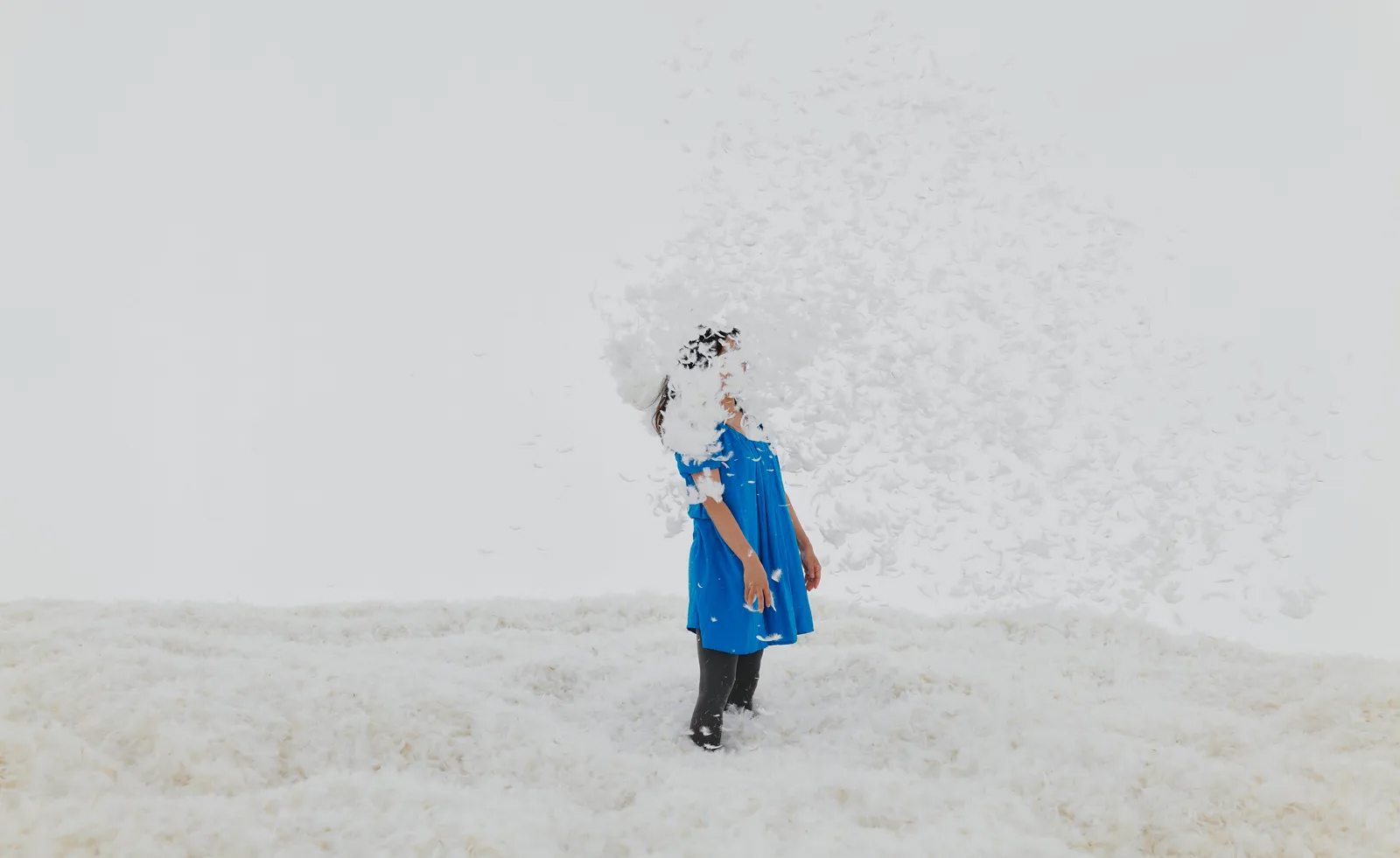 Heads up: art exhibitions to see in January 2024
Heads up: art exhibitions to see in January 2024Start the year right with the Wallpaper* pick of art exhibitions to see in January 2024
By Hannah Silver
-
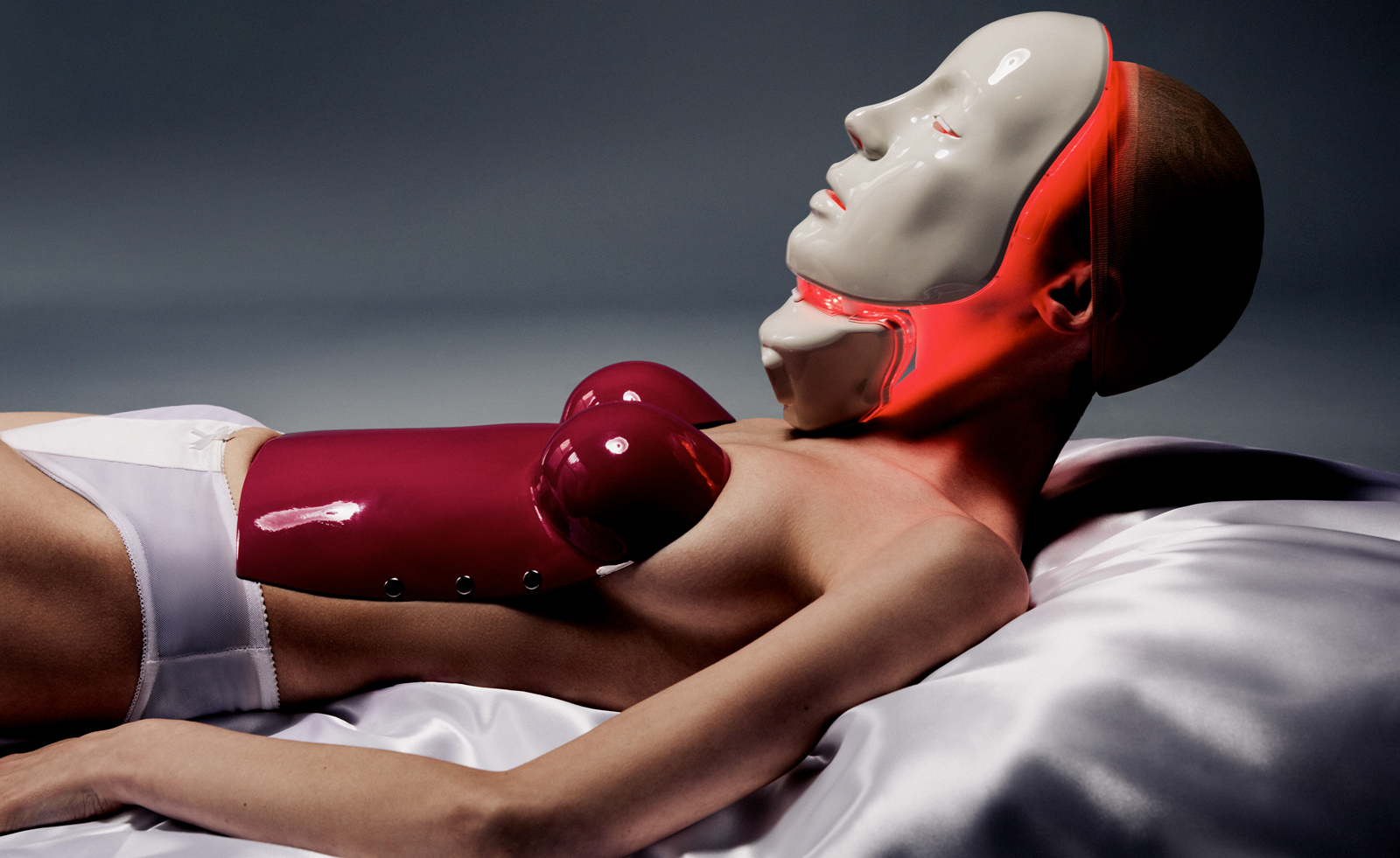 Carlijn Jacobs and Sabine Marcelis create a surreal fantasy at Foam, Amsterdam
Carlijn Jacobs and Sabine Marcelis create a surreal fantasy at Foam, AmsterdamPhotographer Carlijn Jacobs has united with Sabine Marcelis on the design of her first solo exhibition, at Foam, Amsterdam
By Hannah Silver
-
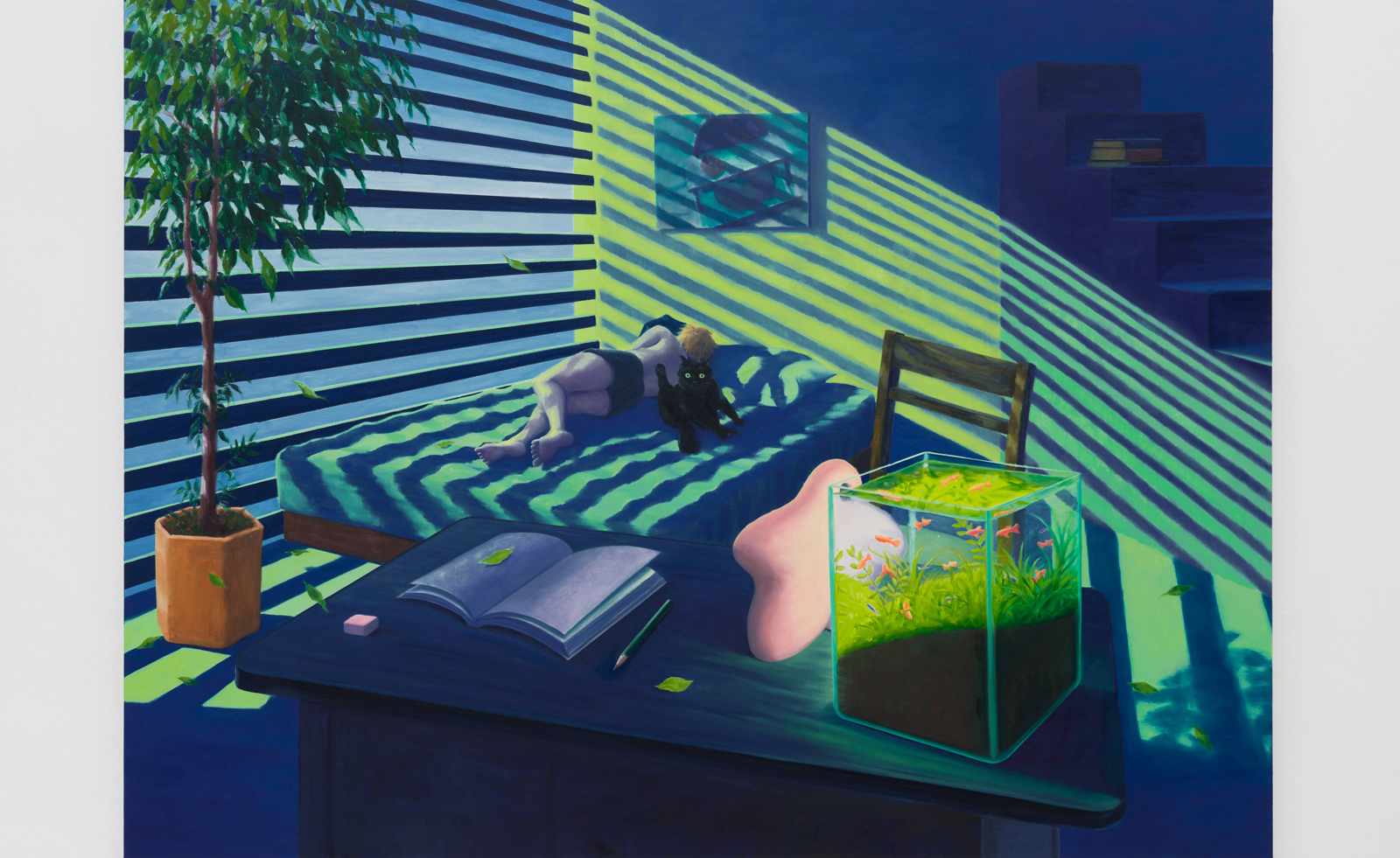 Caroline Walker curates as Grimm Amsterdam explores domesticity in art
Caroline Walker curates as Grimm Amsterdam explores domesticity in artCurating ‘The Painted Room’ at Grimm Amsterdam, Caroline Walker explores the intimacy of interiors
By Emily Steer
-
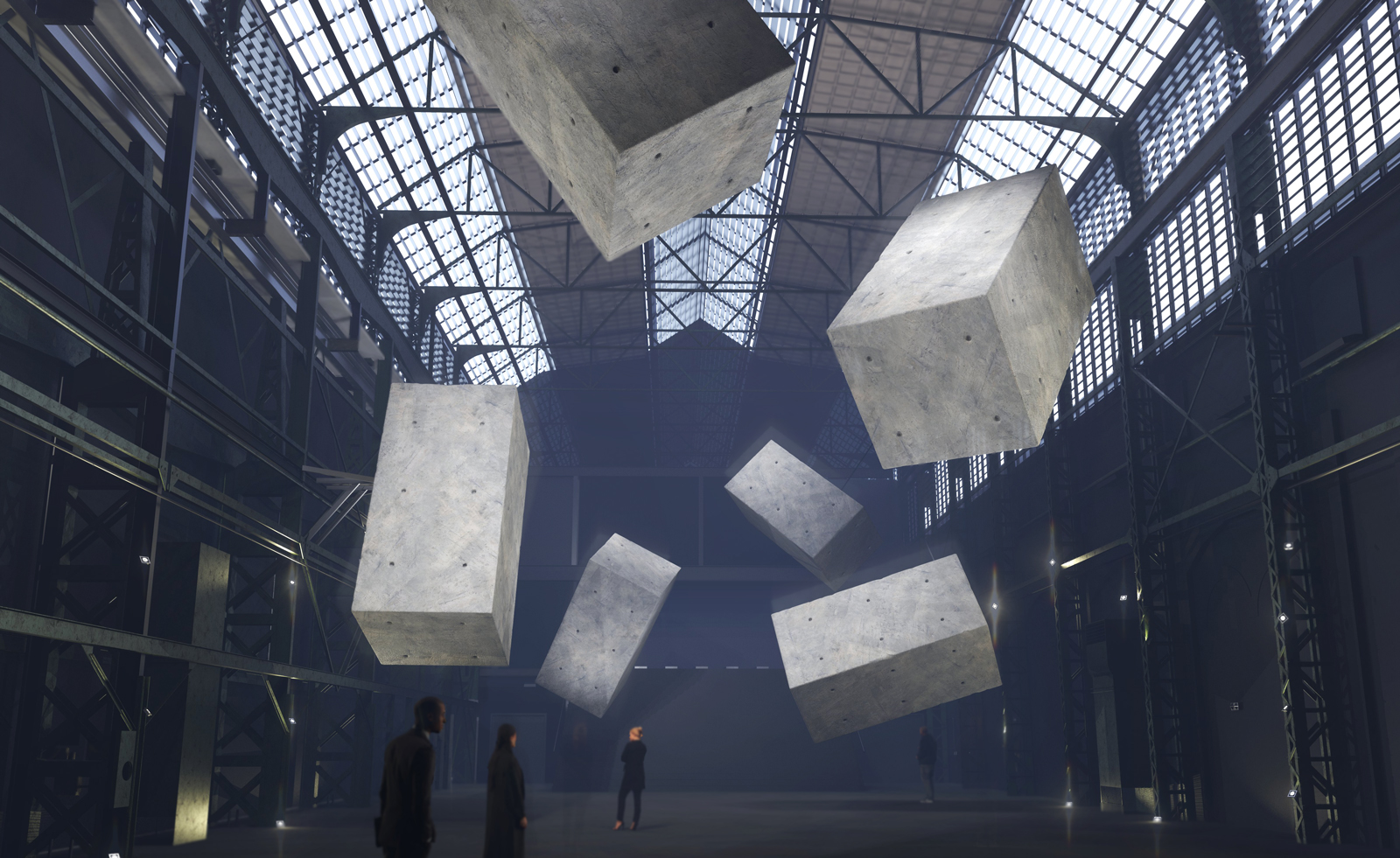 Drift Museum, a blockbusting experiential space, is set to open in Amsterdam in 2025
Drift Museum, a blockbusting experiential space, is set to open in Amsterdam in 2025Drift Museum is a collaboration between art duo Drift – aka Lonneke Gordijn and Ralph Nauta – and entrepreneur Eduard Zanen
By Hannah Silver